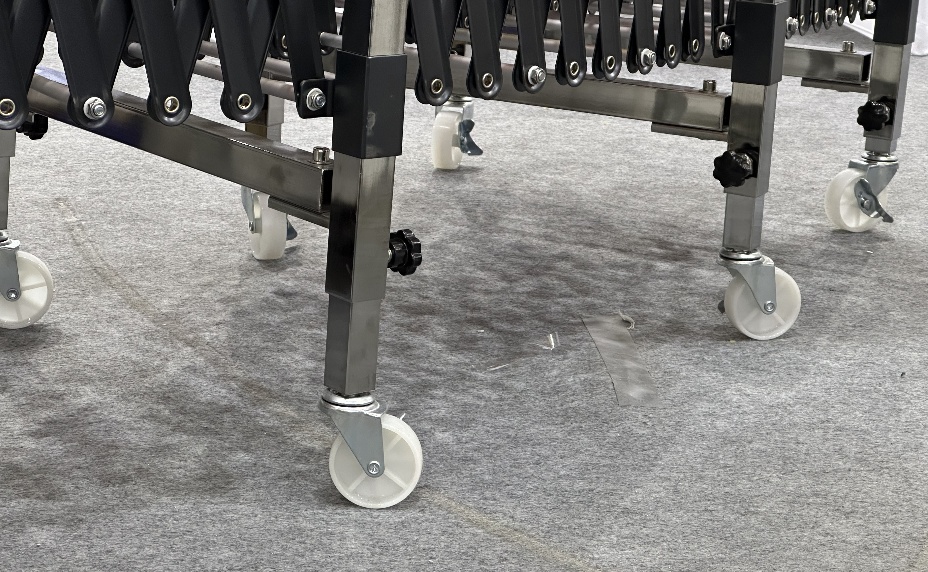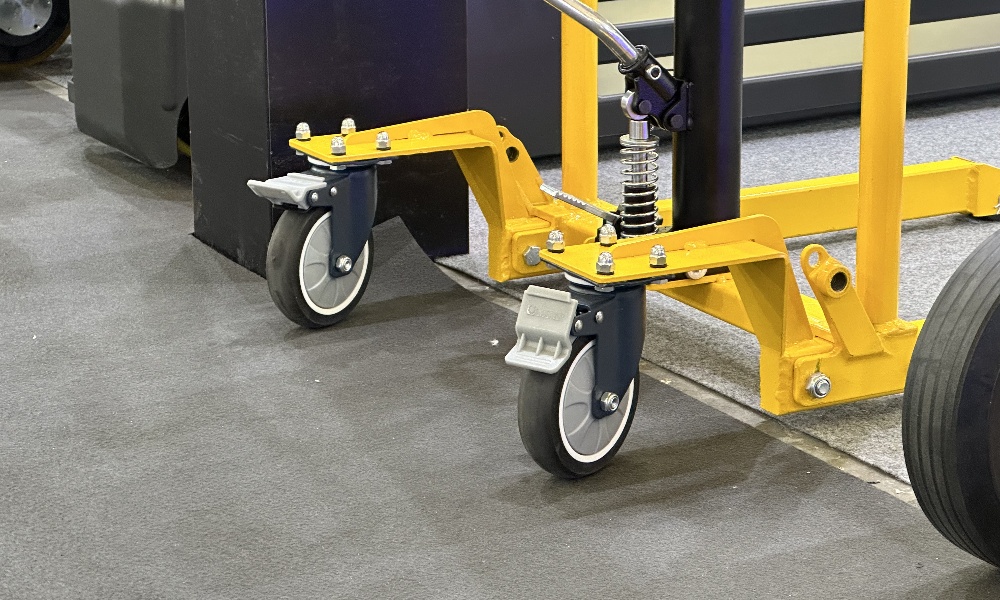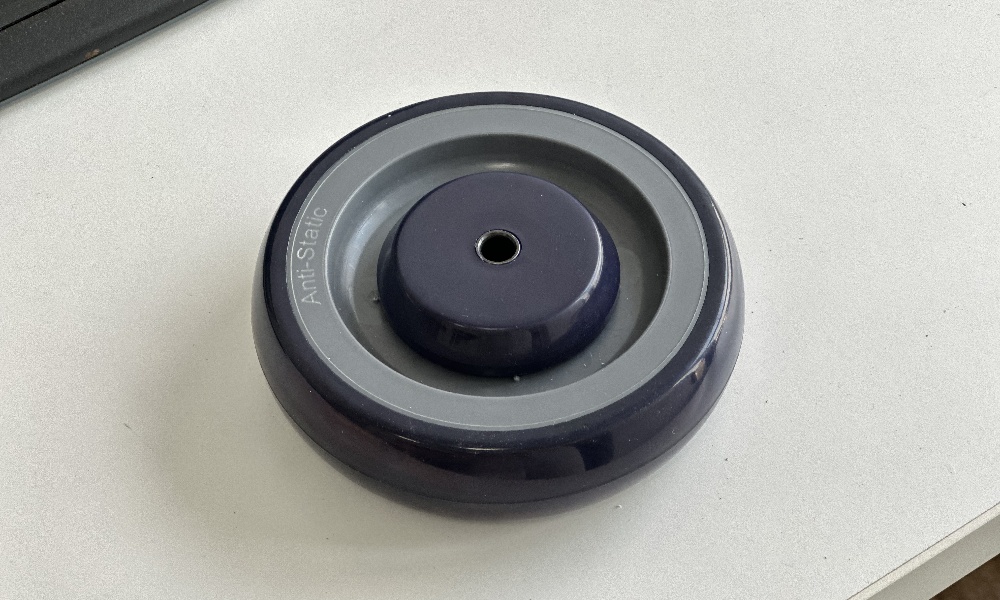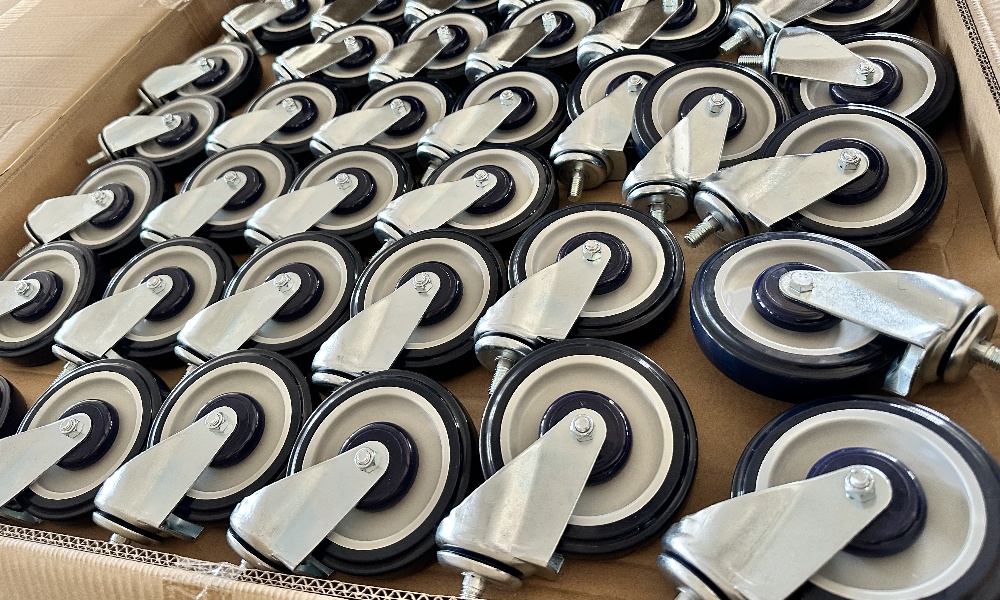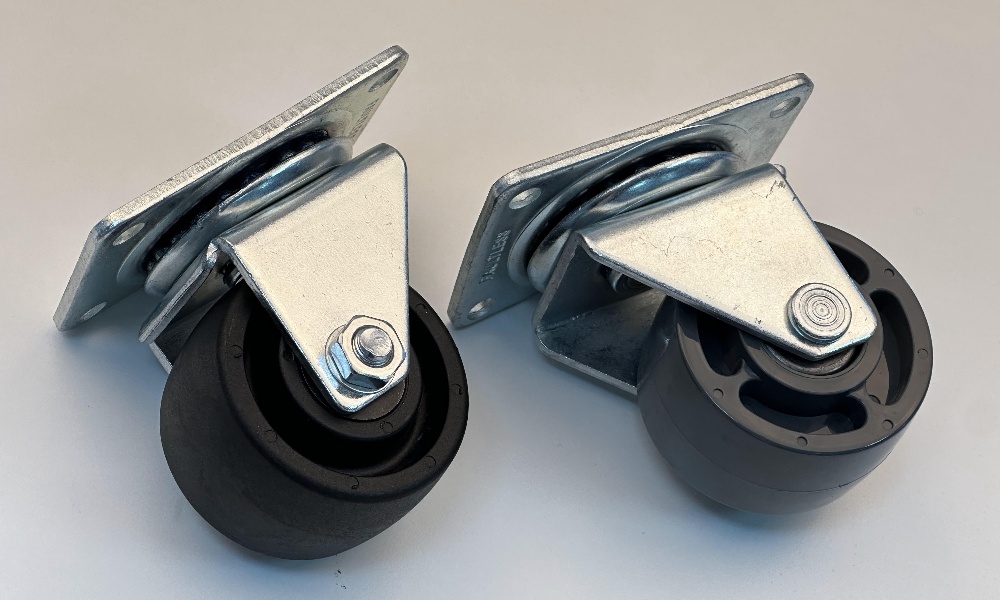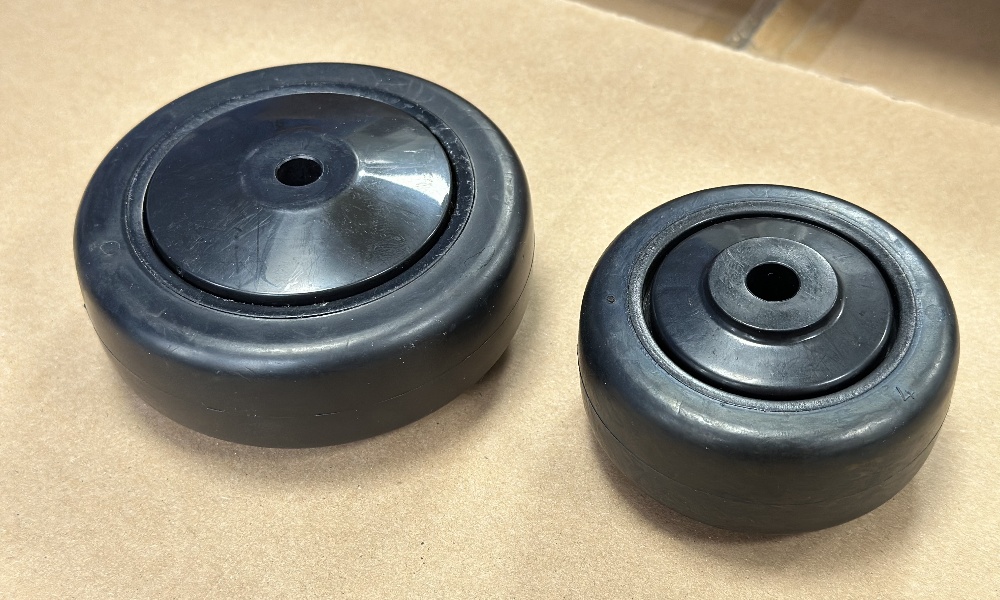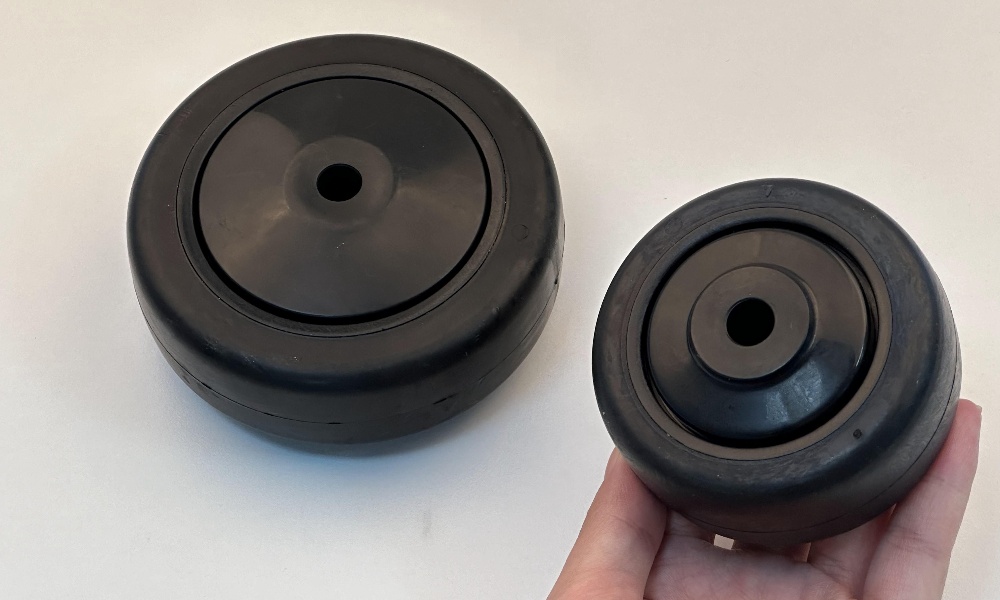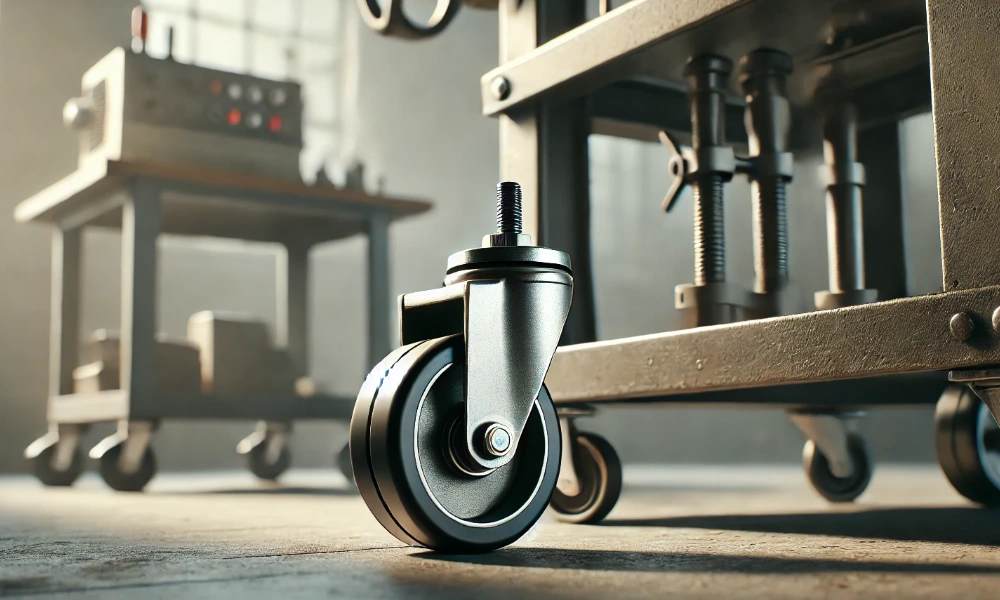Understanding Casters and Caster Wheels: A Comprehensive Guide
Casters and Caster Wheels: An Overview
Caster wheels are essential components used to facilitate easy movement in various applications, from office furniture to industrial machinery.
A caster is typically a wheel mounted on a base, enabling an object to move or be steered without lifting it. The term “caster wheels” refers specifically to the wheels on these casters, which come in a range of materials and designs, tailored for different functions.

What are the Common Types of Caster Wheels?
There are several common types of caster wheels, each designed for different types of loads and environments. The most frequently used caster wheels include:
- Rubber Caster Wheels: These wheels are commonly found in offices and hospitals. They offer a quiet and smooth ride, with a moderate weight capacity.
- Polyurethane Caster Wheels: Known for their durability and resistance to abrasion, polyurethane caster wheels are ideal for heavy-duty applications.
- Plastic Caster Wheels: Lightweight and inexpensive, plastic caster wheels are often used in household or lightweight applications.
- Metal Caster Wheels: These caster wheels are designed for extremely heavy-duty applications, such as those in industrial and commercial settings.
- Pneumatic Caster Wheels: These are air-filled caster wheels, perfect for outdoor use or environments where shock absorption is needed.
Classification of Caster Wheels
Caster wheels can be classified based on their materials, design, load capacity, and application. Broadly speaking, caster wheels can be categorized into two main groups:
- Rigid Casters: These caster wheels do not swivel, which makes them suitable for applications where only straight-line movement is required.
- Swivel Casters: These caster wheels can rotate 360 degrees, making them ideal for maneuverability in tight spaces.
Each classification provides unique advantages depending on the specific requirements, such as whether the caster wheels are needed for heavy-duty machinery or light household use.
How are Caster Wheels Manufactured?
The manufacturing process for caster wheels involves several key stages. It begins with selecting the material, which can range from rubber and plastic to metal or polyurethane. After the material is chosen, it is molded or cast into the shape of a wheel. For instance, polyurethane caster wheels are often poured into molds and left to cure to form a durable, resilient surface.
Once the wheel is formed, it is mounted onto a metal base or frame. In the case of swivel casters, a bearing system is integrated to allow the wheel to rotate smoothly. The assembly process also includes the attachment of any additional features, such as brakes or shock absorbers, depending on the intended use of the caster wheel.
Conclusion
Caster wheels are versatile components that facilitate movement in countless applications. Whether they are used in light-duty office chairs or heavy-duty industrial machinery, understanding the types, classifications, and manufacturing process of caster wheels is essential for selecting the right wheels for the job. With proper selection, caster wheels can ensure smooth, efficient movement, enhancing both functionality and safety in various settings.


